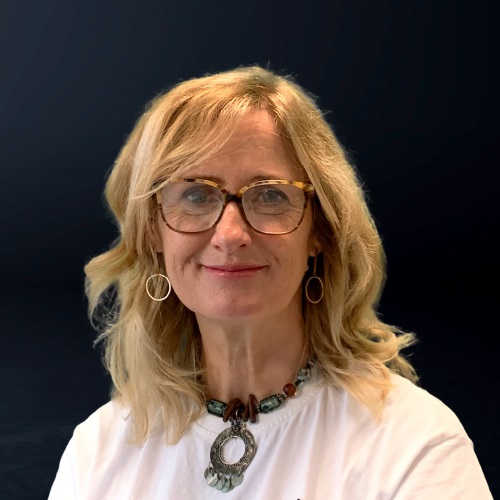The 2022 ASTP annual conference in Lisbon included a parallel session on software commercialisation and management, led by three of the co-chairs of the DI SIG – Sigmar Lampe (LU), Mirko Lukacs (NL) and Malcolm Bain (ES).
Malcolm Bain presented recent issues in software licensing and management, and highlighted the following 6 issues, that need to be worked on!
- More and more open source is being used. Issues for researchers and KTOs including license choice and compliance, understanding "value" of open source in and as results, and licensing out open source results as tech transfer.
- More and more often, code and data is being (or required to be) shared in scientific publication, for validation of results. This is often under an open source license (see previous comment) and needs to be managed from the KTO as this is may affect valorisation and commercial viability of the results. In this case, a new way of defining “valorisation” needs to be looked at.
- In the same manner, there is a big push for Open access/science, and creating an open science policy, in which software and data management must be embedded (or at least, taken into account). This means looking at open dissemination versus commercial… and maybe in the end, licensing out “everything except the Code (which is open source).
- Universities are looking more at “academic non-commercial” licensing – i.e. available source, but not open source. There are several pros and cons of this, including creating “non-commercial academic or research communities… but any later contribution may affect commercialisation.
- Some research organisations are looking at standard licensing terms (with up to 5 standard models to choose from). This is super-efficient in terms of reducing negotiations, (versus customised specific license terms for digital deals)… but don’t digital deals always need some specific terms (and certainly nothing related to standardised patent licensing terms)?
- Data is the new oil, or the new soil, and more and more value in a project is the data that is collected and generated – there are core questions to look at in terms of valuing and licensing data, both for further research and especially for commercialisation or spinning-out.
Sigmar presented the issues surrounding AI and data raised during the World Café of the Digital Innovation SIG the day before. First, he presented the legal framework for protection (copyright on the software algorithms, sui generis rights on databases, potentially patents on the methods, and trade secrets for know-how). This leads to several questions
- How can we protect the AI model as such, or the trained model that is to be implemented in a specific field?
- To the extent “data” is not protected through either copyright nor SGDR, how can we manage data access and sharing be and how can we make this consistent with open data or open science requirements?
- Outside the classical IP framework, how can we deal address data sovereignty questions, data ownership, explicability and trust in the AI systems?
Sigmar illustrated these question through several real-life examples of AI-based research collaborations in different sectors (pharma, transportation). He pointed out how the different forms of collaborating with third parties (e.g., externships, industry, etc.) must be clearly managed upfront or the IP framework surrounding the results becomes entangled, thus making subsequently exploitation or valorisation complex or even impossible.
Sigmar finalised the presentation summarising two new future laws currently being discussed at EU level:
- the AI Act (for transparency in AI use in critical and health systems), and
- the Data Act (for greater access and sovereignty w.r.t. to data)
Mirko presented the ongoing and up-to-date results of the software licensing survey, which raised lots of questions and interest among participants. The motives for the survey are that most license deal terms benchmarking so far are based on patent technology licenses in areas such as life sciences and hi-tech. Now software is increasingly part of technology solutions or software is licensed as a stand-alone solution (e.g. AI) – so our DI SIG from the start felt a great need for more benchmarking data: Which IP rights? Royalty rates? Reps and warranties? Etc. This is what the survey aims at, and there are interesting results to highlight (please join the DI SIG to get advance access to the results!).
The current survey results and feedback from the field also led to new questions that need to be included into the survey, two of which are
- How to value Know How versus “Hard IP” (patents, copyrights, trademarks)
- How to deal with Open Source Software
Debate with participants focused on some new challenges (that the DI SIG may take up…):
- “All software has already been published open source”… so how to we look for commercialisation opportunities and licensing deals?
- “The value of the IP is zero. Why should we pay royalty?”… Software coming out of universities is prototype or proof of concept grade, and needs serious upgrading and even re-writing… how do you cater for this in the licensing deals?
- “What about a license on the know how?” Know-how is extremely difficult to “keep any form of exclusivity” and license out – especially when researchers believe they can take it freely to where ever we want to go – whether it is a new research institute or industry…
If you would like to join this SIG, read more here



